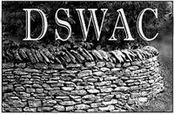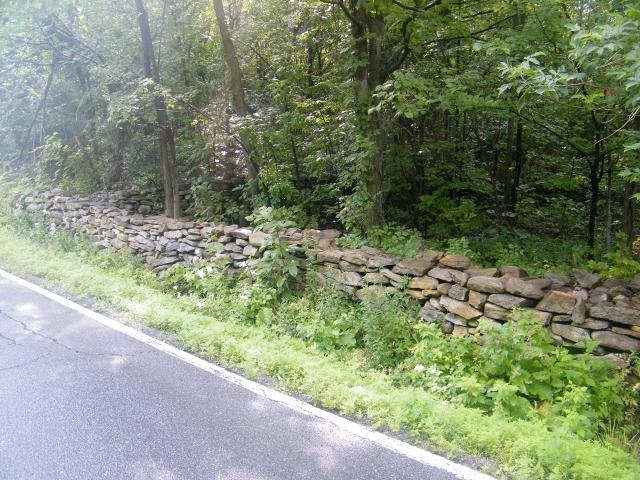
A wall built by Christopher Boak with stones gathered from clearing the land back in the 1800's
John Scott writes about the Covey Maples: These dry stone walls lace the north facing slope of Covey Hill, Quebec. In 1800, Loyalist settlers from New England (of Scottish descent) cleared these fields to grow apple orchards which produced some of the best apples in Lower Canada and remain world famous to this day. Over the years, many orchards, such as this one, were overtaken by maple forest. Now these “natural orchards” take advantage of the clean underbrush and natural gravity slope to harvest the very best maple syrup in the world and shipped to far off places, including Scotland. And the stone walls protect them still.
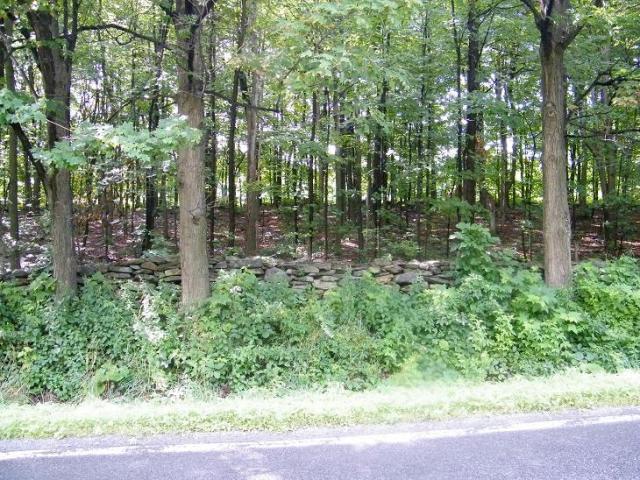

Covey Walls: The miles of drystone walls of Covey Hill, Quebec, are built of local sandstone and granite fieldstone and constructed with very little batter and no coping and no visible protruding throughs. Forty inches wide and up to 5 feet tall, these walls range from non-coursed, very tightly bonded random rubble to large boulders rolled into place and swallowed into the bond by smaller stones. While the lack of heavy copings has allowed the upper sections of these walls to loosen, most of these handsome walls remain intact. As these walls were originally built to identify apple orchards in 1800, it is ironic that the upper courses of these walls are loose, not because of improper construction, but because cedar fence posts were positioned into the stone to increase the height of the fence with netting. This was done to deter Whitetail deer from easily hopping the walls to eat their favorite snack…. delicious Quebec apples! - John Scott
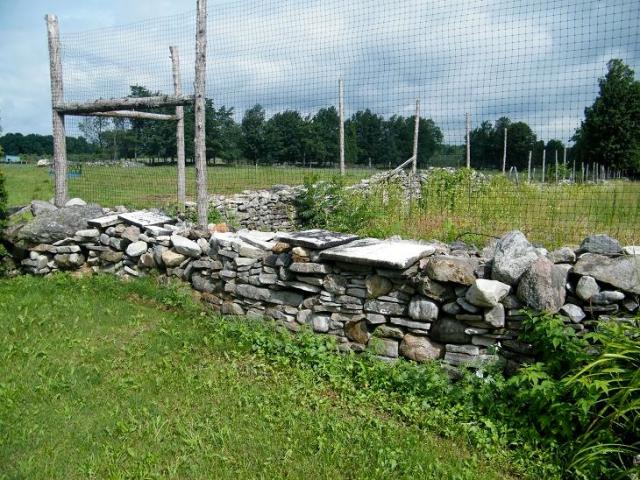

Another wall in Covey Hill built by Christopher Boak 1999
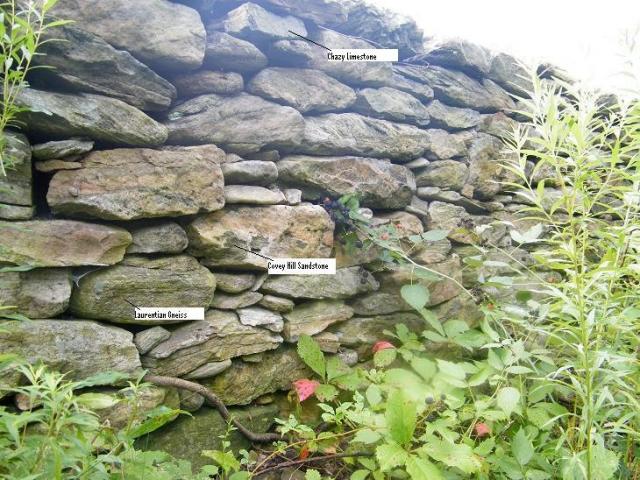
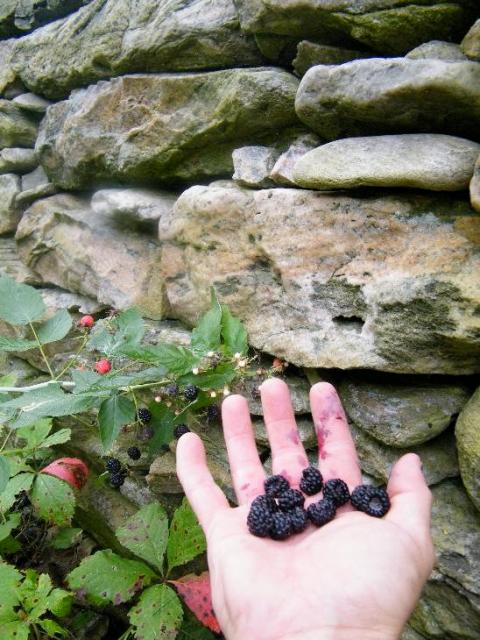
Covey Berries: In areas of Covey Hill, Quebec where cool Adirondack forests have overtaken Loyalist apple orchards, c1800 dry stone walls absorb and release solar energy which provides these blackberries a safe and fruitful place to thrive. The berries attract thousands of species of birds and wildlife, including stonemasons, who cannot resist stopping for an early morning snack. - John Scott
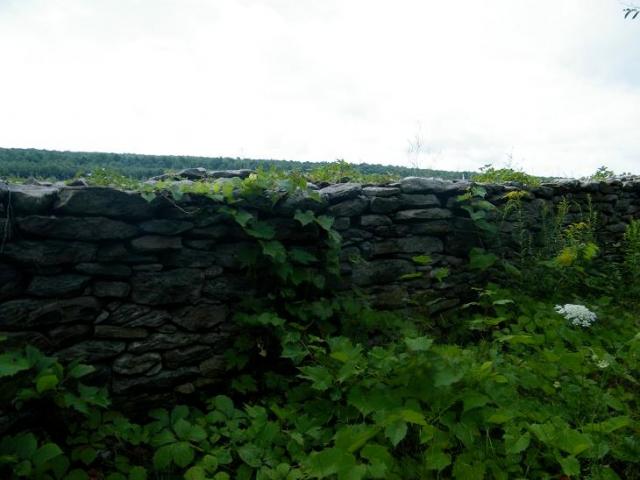
Blended Stones and Traditions in Canada
Dry stone walls are great mascots for Canadians because Canadian walls are built of beautiful mix of local geology and stones brought from far away.
Like much of Canada, the area of Quebec south of the St. Lawrence River was settled by different waves of people from far off reaches of the planet. Originally native peoples occupied the forests of the Chateaugay River, preceeded only by a mysterious people known as the Mound Builders. During the 1700's the French attempted to settle the area by employing a land-agent system under the Seigneur de Chateaugay. Later, the British introduced settlers from the UK and many Loyalists from New England. During the war of 1812, the famous Battle of the Chateaugay Canadian brought soldiers to the area. Since then, the area has seen the expansion of near by Montreal as a cultural centre, attracting new immigrants from all over the world.
These lands are sewn together with interconnecting dry stone walls. The walls are built of local potsdam sandstone, pushed to the surface from frost. Mixed in with the yellow sandstone are darker Chazy limestone from the Montreal area, brought by the last glacier about 10,000 years ago. The walls are also built of granites and gneiss, transported by glacial ice from northern Quebec, well rounded and shaped by the trip. - John Scott
